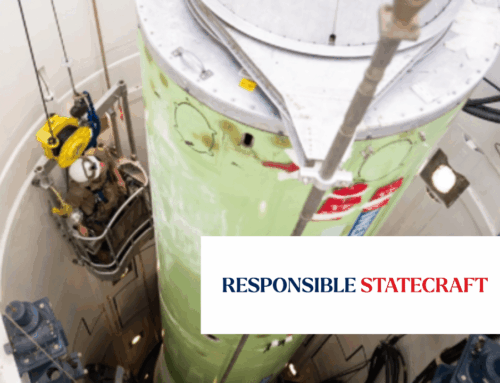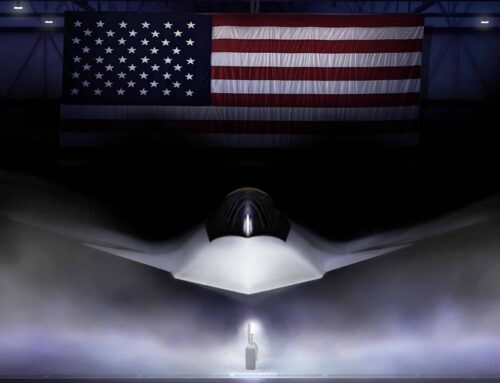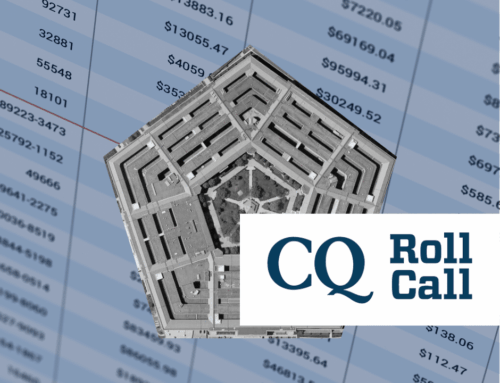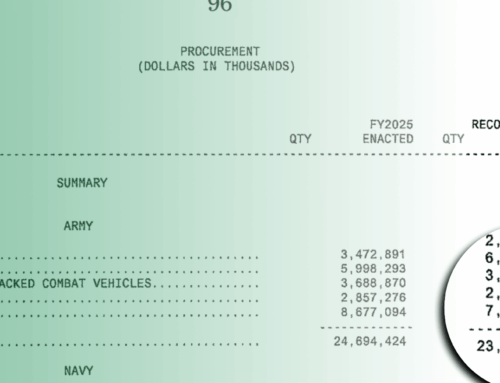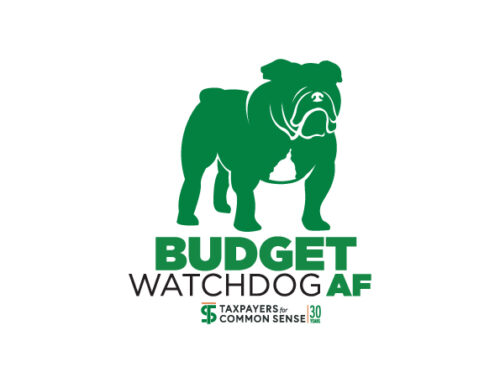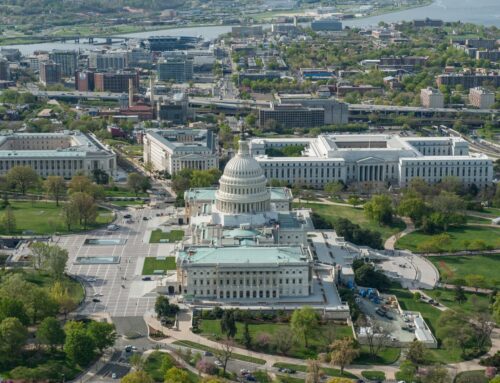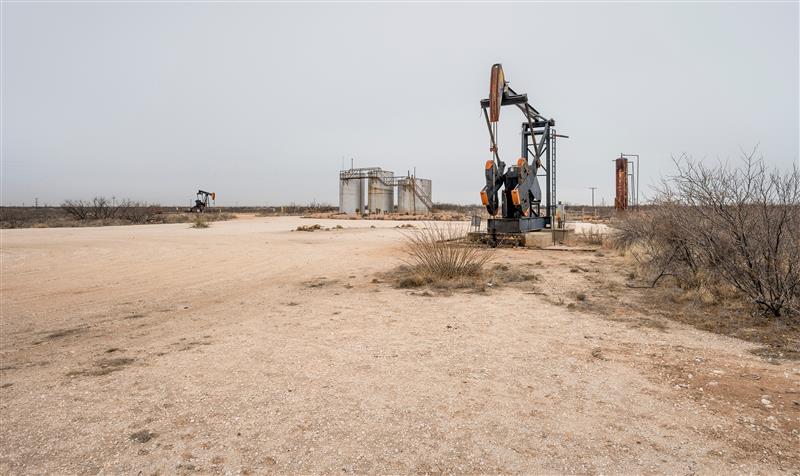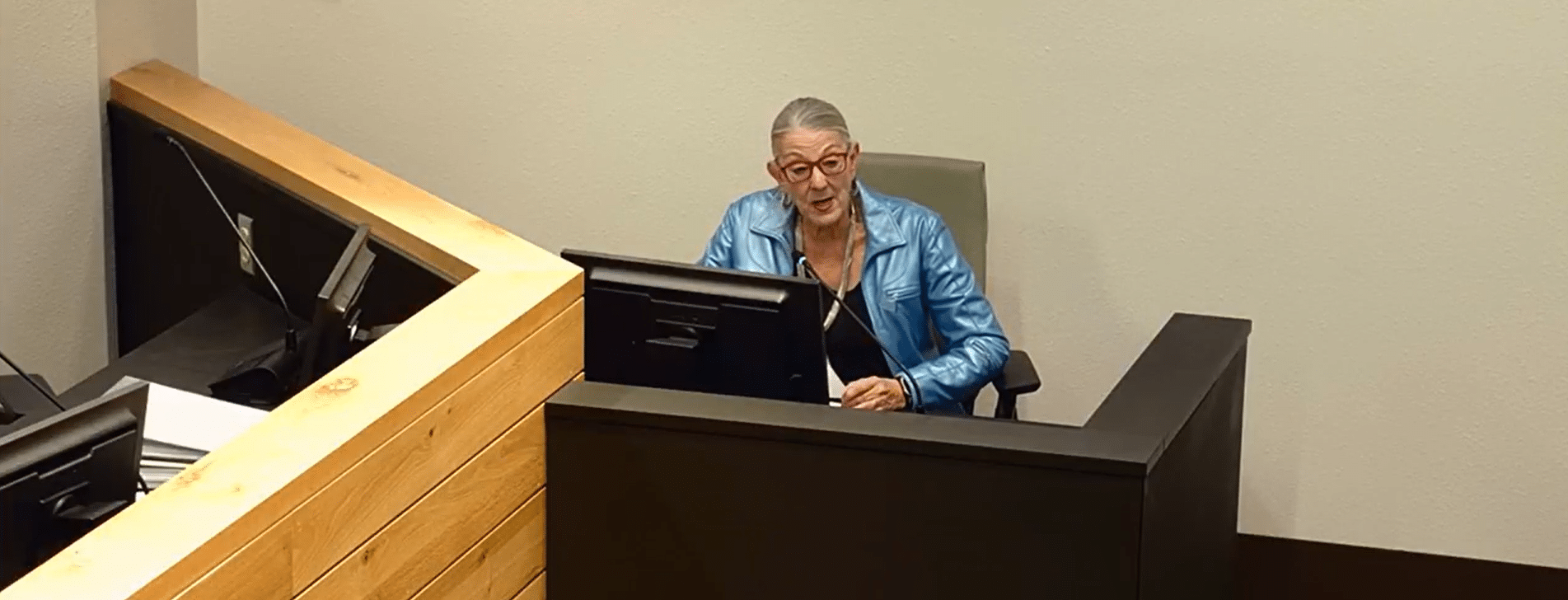Last year, we reported on the minor cut to the Space Force budget request compared to the previous year's request—$29.4 billion in FY2025 down from $30 billion in FY2024—and predicted that this modicum of restraint wouldn't last long.
Unfortunately, we were right. The modest cut was a result of budget constraints imposed by the Fiscal Responsibility Act, but those constraints are gone now, and it shows. Under the president's seriously delayed and still incomplete budget request, when including its request for funds through budget reconciliation, Space Force would get a major spending boost, from $28.9 billion enacted for FY2025 to $39.9 billion requested for FY2026. That's an increase of $11 billion, or 38 percent. According to an overview of the Air Force's budget request, which houses the Space Force request, $13.8 billion of the Space Force request would come from the budget reconciliation bill.
As we explained last year, Space Force's budget nearly doubled from FY2021 to FY2024, rocketing from $15.4 billion to $30 billion. If the president's current request is enacted, the Space Force budget will have ballooned by 159 percent over five years.
So, what are we getting for all this new spending? Most of the $13.8 billion in reconciliation funding for Space Force appears to be for the president's ill-advised Golden Dome. The administration is selling the program as a next-generation missile defense shield that will be capable of defending the United States against modern aerial threats like ICBMs, hypersonic missiles, and drones. But physicists have been quick to point out that the technology to reliably knock ICBMs and hypersonic weapons out of the sky does not exist, and that pursuing it would be "economically ruinous." Arms control experts have also warned that, should the effort ever succeed, it would "destabilize the already precarious nuclear balance of terror that exists among the major nuclear-armed powers" and "push China and Russia to further improve and expand their strategic offensive capabilities."
Even Republicans in Congress, normally in lock step with the president, don't appear to be sold on the plan for the Golden Dome, in part because it's more of a concept of a plan at this point. In a leaked two–part draft of the House Appropriations Committee's report accompanying its draft Pentagon spending bill for FY2026, appropriators included a section on Golden Dome, which noted that "To date, the Department of Defense has yet to provide information on what exactly it entails and how it intends to implement Golden Dome or to make the case that it is feasible or affordable."
The report goes on to direct the Secretary of Defense, no later than 90 days after passage of the bill, to send the committee "a comprehensive plan, in classified form if necessary, that addresses the reference architecture, capabilities-based requirements, and an implementation plan for the next-generation missile defense shield." It also requires a separate budget justification book for Golden Dome for FY2027, an unusual requirement that underscores both the broad scope of the program and congressional concerns over its viability.
With President Trump promising to deliver this imaginary technology in three short years, expect next year's Space Force budget request to throw even more money at this exceedingly wasteful ode to the president's favorite color.
- United States Space Force( Vectorization: Adelsheim), Public domain, via Wikimedia Commons

